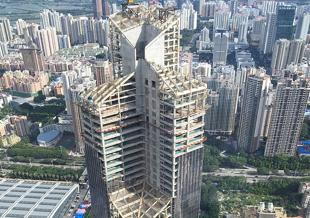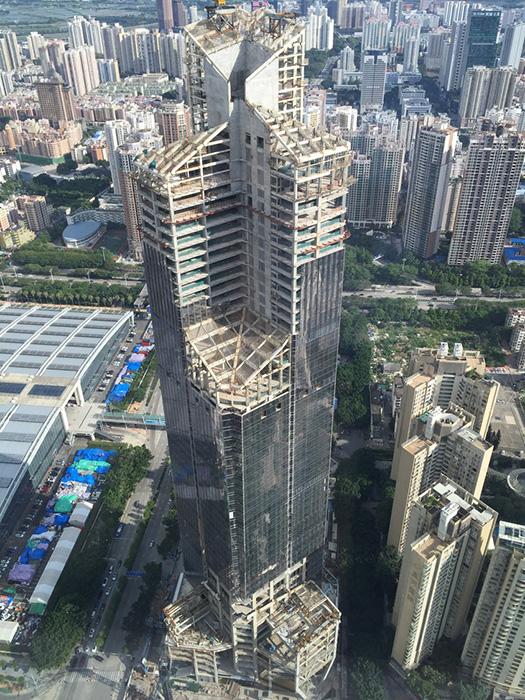News | Thought Leadership
Why Implement Performance-Based Seismic Design?
 Courtesy Ping An
Courtesy Ping An
Key Takeaways
- Customized Safety Goals - Engineers can define specific safety and performance targets, tailoring designs to unique project needs beyond standard building codes.
- Innovative Design and Cost Savings - This approach supports innovative designs for complex structures, optimizing material use and reducing costs while ensuring performance.
- Site-Tailored Risk Solutions - Advanced modeling addresses local seismic hazards, enabling informed decisions and enhanced resilience.
Building codes include prescriptive seismic design rules intended for ‘typical’ buildings. In high-seismic areas, performance-based seismic design (PBSD) can benefit projects of unconventional size, shape, function, structural system, materials or functional requirements. PBSD can demonstrate that innovative designs and new materials meet code-level performance requirements. It can lead to more efficient use of conventional materials. The PBSD approach can also support specific performance criteria where requested by owners or users.
PBSD is becoming more common for several strategic reasons:
Design Flexibility for Complex or Innovative Projects
Unique, tall or irregularly shaped structures are addressed poorly or not at all in standard building codes. PBSD provides the methodology to demonstrate that even unconventional designs can meet or exceed required safety and performance levels, enabling innovative architecture, structural systems, and functions.
Cost Efficiency through Optimized Performance
For unconventional buildings, strictly following building code prescriptive requirements can result in inefficient or impractical designs. PBSD ‘lets the building tell you what it needs,’ leading to more efficient use of materials and more constructible structural systems to reduce costs.
Enhanced Safety and Predictability
PBSD can tailor a design to meet intended use, risk tolerance and resilience targets. Because PBSD subjects advanced computer models to realistic site-specific ground motions, it enables owners or facility users to clearly define specific safety and performance objectives, and then check how building behavior during an earthquake compares to those objectives. Building code prescriptive requirements do not provide this ability.
Risk-Based Decision Making
PBSD provides a better framework for understanding how a structure is likely to perform across a range of seismic intensities. Owners and stakeholders can make informed decisions about acceptable risks, expected damage and downtime, rather than relying solely on minimum code compliance.
Adaptation to Site-Specific Conditions
Every site has unique seismic characteristics and hazards. PBSD enables engineers to use advanced modeling and analysis methods to reflect local seismicity and soil conditions, allowing for more precise assessment of seismic conditions and resulting design responses than simplified code approaches can provide.
In summary, structural engineers implement PBSD to deliver safer, more reliable and more optimized structures—especially when project ambitions or complexities move beyond the conventional code-based methodologies developed for ‘typical’ buildings.













